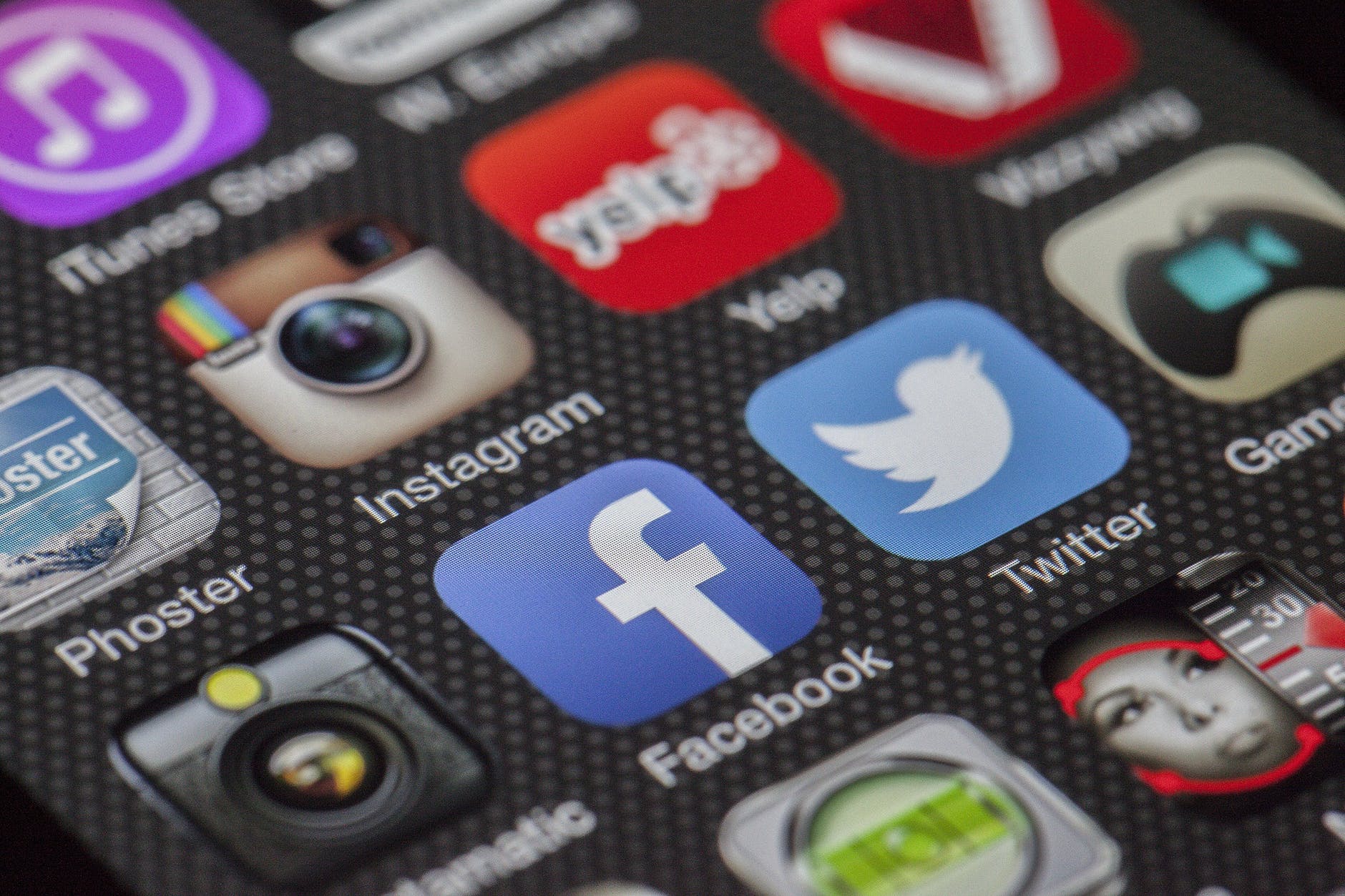This is an extended version of an article which appeared online here at Gef the Mongoose, and is an updated version of this article which I originally wrote back in May 2020. Only minor changes have been made to update the article since May, with the events from May 2020 to January 2021 substantially proving my argument that apps are not effective tools here – the UK and other nations have wasted a lot of money on this endeavour.
There are two far-too-common traits in our community: domain experts thinking that their tool is a solution to every problem, and politicians who want to be seen to be doing something – anything – to combat the current crisis. These twin problems mean there is a risk of taxpayer resources being wasted on Coronavirus apps in the Isle of Man and elsewhere. Such apps might be glamorous and attractive at first sight, but they are not likely to be a useful tool in combatting the spread of the virus.
Contact tracing in general can be an important way to help combat the spread of a virus. If you know who has the virus (through testing) you can identify the people that they might have transmitted the virus to. If you identify those people, you can then isolate them to reduce the risk of spreading of the virus in the community.
Given that we want to do good contact tracing, the Government needs to prioritise resources to best achieve that. Governing is not about having everything that you want, but about prioritising what is best. The Isle of Man Government initially announced in their Medium-Term plan that they would consider an app, but it seems to have fallen out of sight with no further public announcements. This is good! The people of Mann would be better off prioritising resources to more fruitful areas to protect our community.
There should be an app for that!
The first problem of domain experts thinking that their tool is a solution to every problem is captured in the saying, “When you are a hammer, every problem looks like a nail.” When you are a tech-geek who lives in the world of apps it is tempting to think that every problem can be solved by an app. For the last two-and-a-half years, I have been living in that professional world, so I see this far too much: Need a taxi? There should be an app for that. Need home delivered food? There should be an app for that! Need contact tracing of disease? There should be – wait.
In addition to being aware of the strengths of phone apps, we need to also consider their weaknesses, and in 2021, there are many weaknesses that limit the ability of automated phone apps to perform effective contact tracing. Phone apps trying to do contact tracing will hit against a fundamental problem that I encountered in my days leading teams dedicated to security in online gaming – you will have a large number of false positives (people who get alarms wrongly) and a large number of false negatives (people who fail to get alarms).
The combination of these two things will give you an app that does not work, and which will quickly be distrusted by the public. Thus, when we need high trust in efforts to combat the virus, destroying that trust will be worse than having no app at all – these will be very harmful results for our community’s efforts to combat the virus.
False Positives
When programmers write the app, the app will need to be given an exact definition of a contact. For example, you could imagine a contact alarm being triggered if the app thinks you were within two metres of someone who subsequently tests positive* for five minutes.
We will get many false positives because location detection services like GPS and Bluetooth aren’t accurate enough for such delineations: Bluetooth devices in phones can have effective ranges of up to ten metres, and GPS is entirely useless indoors (which is where virus transmissions is likely take place: in a restaurant or supermarket or similar).
In addition, we will get false positives because the app won’t be able to consider walls, masks and other physical barriers, and we will also get false positives because some close contacts cause no transmission. One very obvious way to get no transmission is if someone has already unknowingly had the virus, and are therefore at lower risk of getting the disease from a new source.
This means that if a person triggers an alarm contact on 1 May, 15 May, 1 June and 15 June, are they seriously expected to isolate for 14 days each time? Despite potentially being immune? That’s clearly absurd. Consequently, anyone who triggers a contact alarm will need to wait for symptoms and/or be tested. Which is the same as the current (no app) situation, but with the additional expense of more false positives, more costs, and more distrust in an app.
It would be possible to reduce the harm of false positives by having widely available tests. If the Manx Government acted to increase testing, a ‘false positive’ alarm would require you to get a test – but given how many false positives would be generated, and given that the Isle of Man has not demonstrably increased its local testing capacity since April 2020, it is difficult to see there being sufficiently high testing capacity here on the Isle of Man for some time yet.
*It might also be possible to alarm people further down the chain: You could imagine also triggering an alarm if you were within two metres for five minutes of someone connected to someone who tested positive. This exacerbates the false positive problem in a very obvious way.
False Negatives
We will also get false negatives of not recording when all infections occur. It is possible for you to contract the disease without your phone app alarming you of the contact. This again comes from several areas for error.
Firstly, your phone might not correctly identify that you were in proximity to another phone. This happens in obvious ways with using GPS receivers and Bluetooth devices all the time – we have all seen the variability of location recording in different locations (especially indoors, where most disease transmissions take place) and we have all suffered from being unable to link two bluetooth devices together. These are not new problems.
Further, some people will get infected by disease transmissions from people who do not have the app with them at the moment of transmission. Not everyone has a smartphone (most obviously children, but many adults in our community do not have smartphones too) and not everyone who has a smartphone will install the app. In that respect, many people are not like Gef readers. Even Whatsapp (one of the most prevalent apps in the world) is installed on under 80% of phones in these Isles. Compounding this, some people do not carry their phone with them literally 100% of the time – for example, to meetings, to the bathroom, to gym classes, or many million other places.
Finally, false negatives will arise when the disease is transmitted outside of the app-programmed contacts. This might be through a brief sneeze or cough interaction, or it might be transmitted using fomites.
The End Game
The result of all these false positives and false negatives is that when you come home, and have one of these apps, you will have no idea of whether you have been infected or not. If you come home and receive no alarm, you will not be able to be confident that you are “clean”. Consequently, you will need to practice good hygiene and maintain all the precautions that you currently need to abide by. If you come home and do receive an app alarm, you will not be able to be confident that you are sick – certainly not confident enough to self-isolate in your home for weeks.
Instead of apps, there are better options: the professional contact tracing staff employed by the Isle of Man Government. While much of the IOM Government’s response can be fairly characterised as downplaying the risks until it is too late, the contact tracing team appear from the outside to be doing an effective job. Those professional staff use their expert judgment and skills to obtain relevant and actionable information, and pass it along to high risk contacts. The contact tracing team is an area of justifiable Manx pride, and they should keep doing their job in a professional manner. The contact tracing professionals can’t be easily replaced by automated apps.

